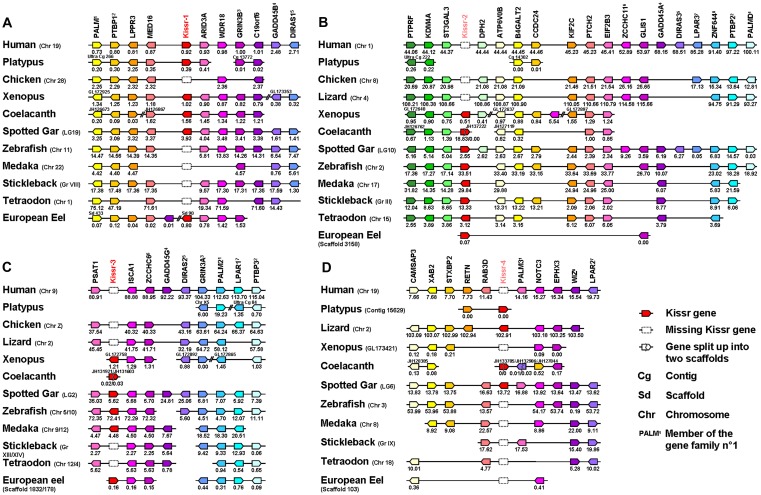Figure 3. Conserved genomic synteny of osteichthyan Kissr.
Genomic synteny maps comparing the orthologs of Kissr-1 (A), Kissr-2 (B), Kissr-3 (C), Kissr-4 (D) loci and their neighbouring genes. Analyses were performed on the genomes of human (Homo sapiens), platypus (Ornithorhynchus anatinus), lizard (Anolis carolinensis), chicken (Gallus gallus), xenopus (Xenopus (Silurana) tropicalis), coelacanth (Latimeria chalumnae), spotted gar (Lepisosteus oculatus), zebrafish (Danio rerio), medaka (Oryzias latipes), stickleback (Gasterosteus aculeatus), tetraodon (Tetraodon nigroviridis) and European eel (Anguilla anguilla). This map was established using the PhyloView of Genomicus v67.01 web site, manual annotation of European eel genome using CLC DNA Workbench 6 software and the gene annotation of the coelacanth and spotted gar genomic databases (see section 2). Kissr genes are named according to our proposed nomenclature (Kissr-1 to Kissr-4). The other genes are named after their human orthologs according to Human Genome Naming Consortium (HGNC). Orthologs of each gene are shown in the same color. Each of the eight conserved gene families is identified by an exponent number. The direction of arrows indicates the gene orientation, with the position of the gene (in 10−6 base pairs) indicated below. The full gene names and detailed genomic locations are given in Table S3.

